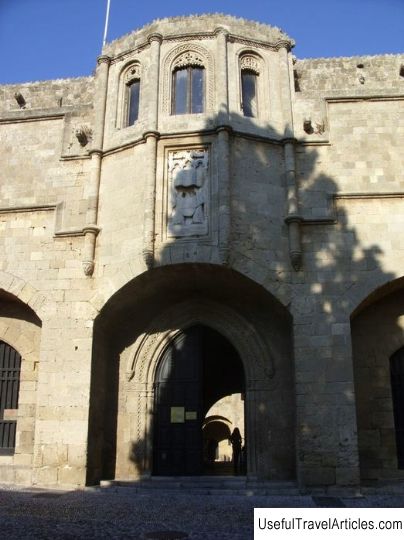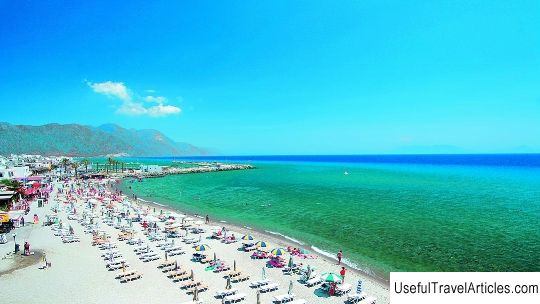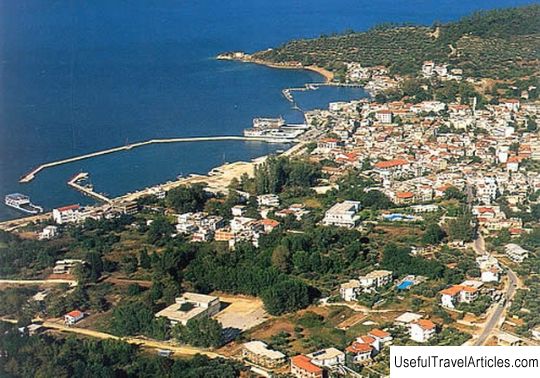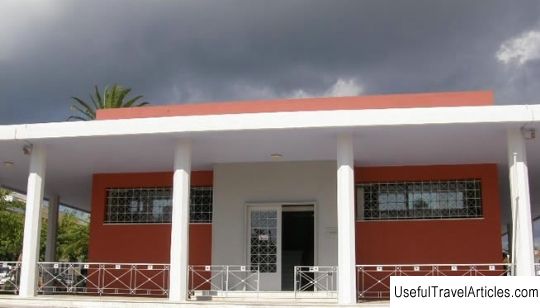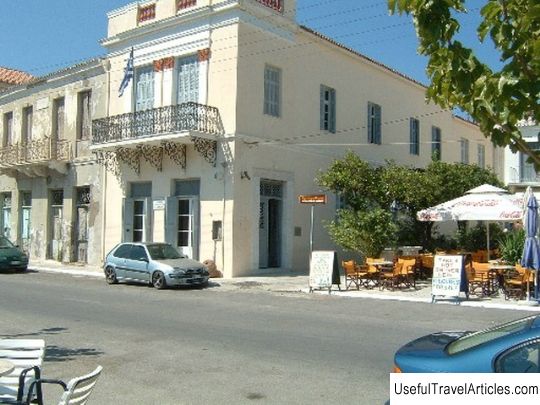Kos Archaeological Museum description and photos - Greece: Kos
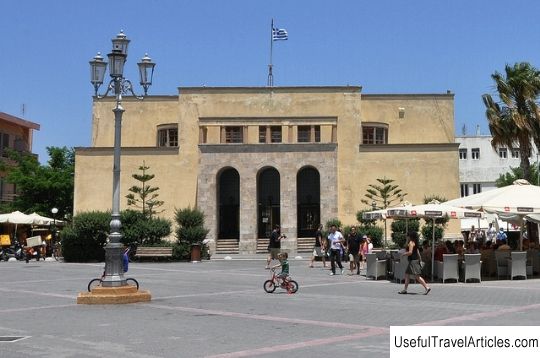
Kos Archaeological Museum description and photos - Greece: Kos. Detailed information about the attraction. Description, photographs and a map showing the nearest significant objects. The name in English is Kos Archaeological Museum. Photo and descriptionThe small Greek island of Kos is one of the most visited islands in the Dodecanese archipelago (Southern Sporades). Its picturesque natural landscapes, rich ancient history and an abundance of historical and cultural monuments attract a huge number of tourists. One of the most interesting sights of the island of Kos is the magnificent Archaeological Museum, located in the capital of the same name on Eleftheria Square. The museum is housed in a well-preserved two-storey neoclassical building, which was built during the domination of the Italians in 1935. The museum's collection includes mostly artifacts found during archaeological excavations on the islands of Kos and Rhodes. There are also finds from other islands of the Dodecanese archipelago. The exposition of the museum covers a rather impressive period of time, starting from the prehistoric period, but exhibits from the Hellenistic and Roman eras are of particular value. The museum exhibits various products made of ceramics and metal, sculpture, figurines, funeral artifacts, coins, magnificent mosaics, architectural fragments and much more. Of particular interest among the museum exhibits is a magnificent collection of antique statues, among which the most valuable are the statues of Alexander the Great, Asclepius, Hippocrates, Dionysus, Hermes, Demeter, Hygea and Artemis. The floor of the atrium is decorated with a magnificent mosaic depicting the scene of the arrival of Asclepius on the island of Kos (3rd century BC). Unfortunately, the area of the museum does not allow placing all the exhibits at the same time, therefore, a significant part of historical relics is kept in museum funds. Nevertheless, the most interesting and important exhibits are on display in the permanent exhibition. The Archaeological Museum regularly conducts general education programs for schoolchildren and students.           We also recommend reading St. Paul's Cathedral description and photos - India: Kolkata Topic: Kos Archaeological Museum description and photos - Greece: Kos. |
